Singapura Cat Breed Looks
The Singapura cat breed is the smallest recognized cat breed. The females weigh 4-6 pounds / 1.8 – 2.7 kg. The males are a bit bigger, 6-8 pounds / 2.7 – 3.6 kg.
Still, despite its small size the Singapura is actually a rather muscular cat – almost stocky. If you lift it up, you notice that it is heavier than it looks, and that weight is because of the muscles, not because the cat would be fat.
(Thank you, Spookipawz Singapuras for the permission to use this photo.)
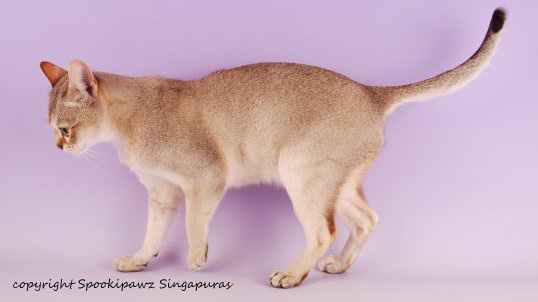
Head
The Singapura cat breed has a beautiful face with a sweet expression.
The skull is rounded in both directions and the head has rounded width at the outer eye. The skull should not be domed. The head gives an impression of high cheekbones, but upon closer inspection this effect comes from the head’s proportions (especially the big ears and eyes).
If you look at a Singapura’s head, you will notice there is a straight line from nose to chin.
The nose is to have evidence of dark pigment outline. The nose is short and there is a curved rise between the brow and the muzzle. The transition from nose brige to over the top of the skull should be smooth, with a slight stop just below the level of the eyes – really just an indentation marking the transition to muzzle.
The chin is well developed, rounded and in proportion to the head (meaning it should not project or recede too much) – the male Singapuras can have more jowls than the females. The muzzle is medium short in length, with a blunt nose. The muzzle should never be “foxy” in appearance. It has a definite whicker break, but this should not be too pronounced.
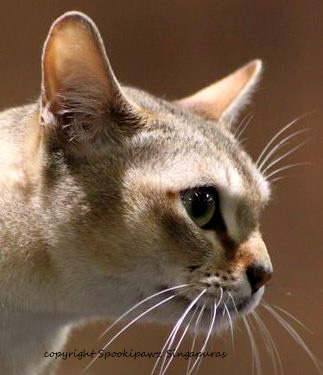
(Thank you, Spookipawz Singapuras for the permission to use this photo.)
The neck of the Singapura is short and thick.
The ears of the Singapura cat breed have a definite “Singapura-look”. They are large and slightly to moderately pointed and the expression of the ears is alert. Their wide open base and the deep cup at the base of the ear leather add to the "large look" of the ears. The ears are of medium broad setting and the outer line of the ears is at an angle that is slightly wide or parallel. The ear furnishings are light in color.
The beautiful eyes of a Singapura cat breed are of almond shape – they should not be rounded or oriental. They are large, almost strikingly so compared to the small head. They are widely set, at least one eye’s width apart, and green, hazel or gold in color. Blue eyes are not permitted in the Singapura cat breed. Brilliance in color is preferred. The eyes should not be protruding or receding too much.
This is one of those cat breeds that have “eyeliner” – darker lid skin that attractively outlines the eyes. Around this there are lighter colored facial markings , encircling the eyes. First the darker outline and then the lighter one effectively highlight the eyes. There are curved “puma-lines” from the inside the eye corners to the cheeks. And the “cheetah-line” that reaches from the inner corner of the eye down to the whisker pad along the nose, is a distinctive characteristic of the Singapura. The eyes are held wide open, and when they are wholly or partially closed, they look slanted.
The facial markings should be clear and bring the eyes out well. There is the tabby M on the forehead, but no other markings there.
(Thank you, Spookipawz Singapuras for the permission to use this photo.)
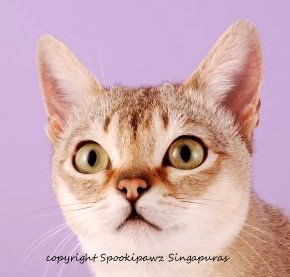
Body
The body of the Singapura cat breed is muscular, moderately stocky – but not fat. The lithe (but not rangy) body is solid, especially through neck and chest. The mid section should not be tucked, but firm, and the hips may be slightly narrow compared to the neck and shoulder -area. The rib cage is rounded.The body is rather average, medium to small in size, and compact, and it does not have exaggerated features.
Looking at a Singapura from the side, the body should form a square (The area from the shoulder blades to the base of the tail and then down to legs.) The back is slightly arched.
The legs are muscular and heavy at the body, but taper elegantly to fine-boned lower legs. The feet are small, short and oval in shape. A distinguishing feature of the Singapuras are the darker bars on the lighter colored insides of the front legs and there is barring also on the back knees. There should not be barring on the outer front legs. (Barring develops with age, so young cats may not show this feature.)
The tail of the Singapura is slender but not whippy and a little shorter than the body length (not quite reaching the shoulder when stretched along the body). It ends in a blunt tip which is of dark seal brown color. This dark color extends towards the body on the tail’s upper side.
(Thank you, Spookipawz Singapuras for the permission to use this photo.)
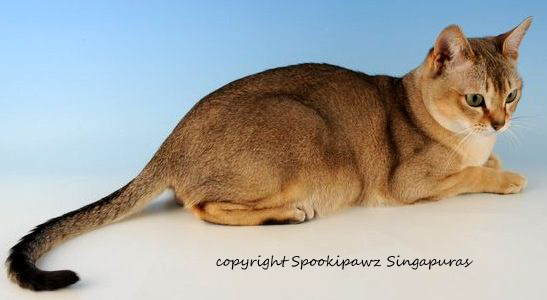
Coat
The coat is very short and fine and silky. It lies close to the body and is not plush or springy in any way. It is longer (more “woolly”) at those places where the ticking is more intense.
The ticking is most intense at the spine, and may give the impression of a dark spine line. The area between the ears is also dark and must be ticked. The underside of the cat is normally un-ticked. The coat ticking should show intense contrast of warm color and rich ticking.
Color
The agouti gene causes each hair to have at least four alternating sections of dark and light color: nearest to the skin each hair is light, then follows a brown-colored band, then again one of lighter color, and the tip of the hair is of dark color. A faint yellowish “necklace” is allowed as long as it does not go around the whole neck.
This color is called the sepia agouti (or brown ticked agouti). The base color is of warm colored ivory (or unbleached muslin), slightly yellowish in tone, and the ticking is in dark brown, and the overall effect is very elegant. The colors should have no grayish tones, but it is good to remember that the warmth of the color usually improves with age.
The nose outline, whisker apertures and hair between the Singapura’s toes are dark brown in color. The back of the legs may show a deeper, warmer color, even salmon color where the ticking meets the ivory colored inner leg. The lower part of the hind legs have brown-colored spurs.
The underside (the tummy, chest, muzzle and chin) of the cat is of the ivory color with no ticking.
The nose leather is of salmon color (from pale to dark in hue), with a dark pigment outline. The bridge of the nose and ears preferably have salmon shades.
The paw pads are of dark seal brown color with a rosy undertone.
The Singapura cat breed may still have a recessive gene for solid color as two of the original three foundation cats had this gene, so occasional solid colored kittens occurred at the beginning stages of the Singapura cat breed. Breeding programs have been eliminating this occurrence since then.
Below is a lovely little video about Singapura kittens first meeting with new adopted Singapura parents. The video is courtesy of
Mangalakatzs Singapuras of Australia.
Singapura cat breed video
More information about the Singapura cat breed:
Here you can read what it is like to live with a
Singapura cat.
And here you can read about the history of the
Singapura cats.
And this is a page for the
Singapura cat breeders.
And a page for the
Singapura rescue organizations.
Back to Homepage from Singapura Cat Breed Looks
Back to Singapura main page
Back to Singapura History
Back to Small Cat Breeds
Back to Rare Cat Breeds
Back to Short Haired Cats
Leena's Books
Tutankhamun
|
This book travels with the King Tut - Treasures of the Golden Pharaoh exhibition on his world tour of ten cities from March 2018 onwards |
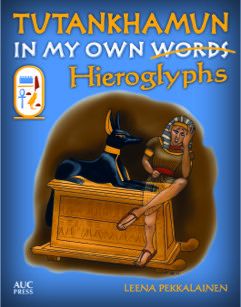 |
|
Tutankhamun: In My Own Hieroglyphs tells the story, for older children, of the life and afterlife of the famous young pharaoh in his own words. Tutankhamun tells us about the trouble he got into as a child in Akhenaten's palace in the new city of Akhetaten, and how he became a boy pharaoh. As we learn, his life changed a lot when he died as a teenager, and long years of boredom started in his tomb with only his pet monkey Fingers and his treasure for company. He did meet some of the Egyptian gods, of course, and had fun scaring off tomb robbers, but it was mostly rather dull. Then one day, some new and strange people, including a Mr. Howard Carter, arrived and began to take all the treasures out of his royal tomb. Fortunately, through the eyes of his beautiful golden mask, Tutankhamun, could have fun again traveling around the world |
Mr Mummific
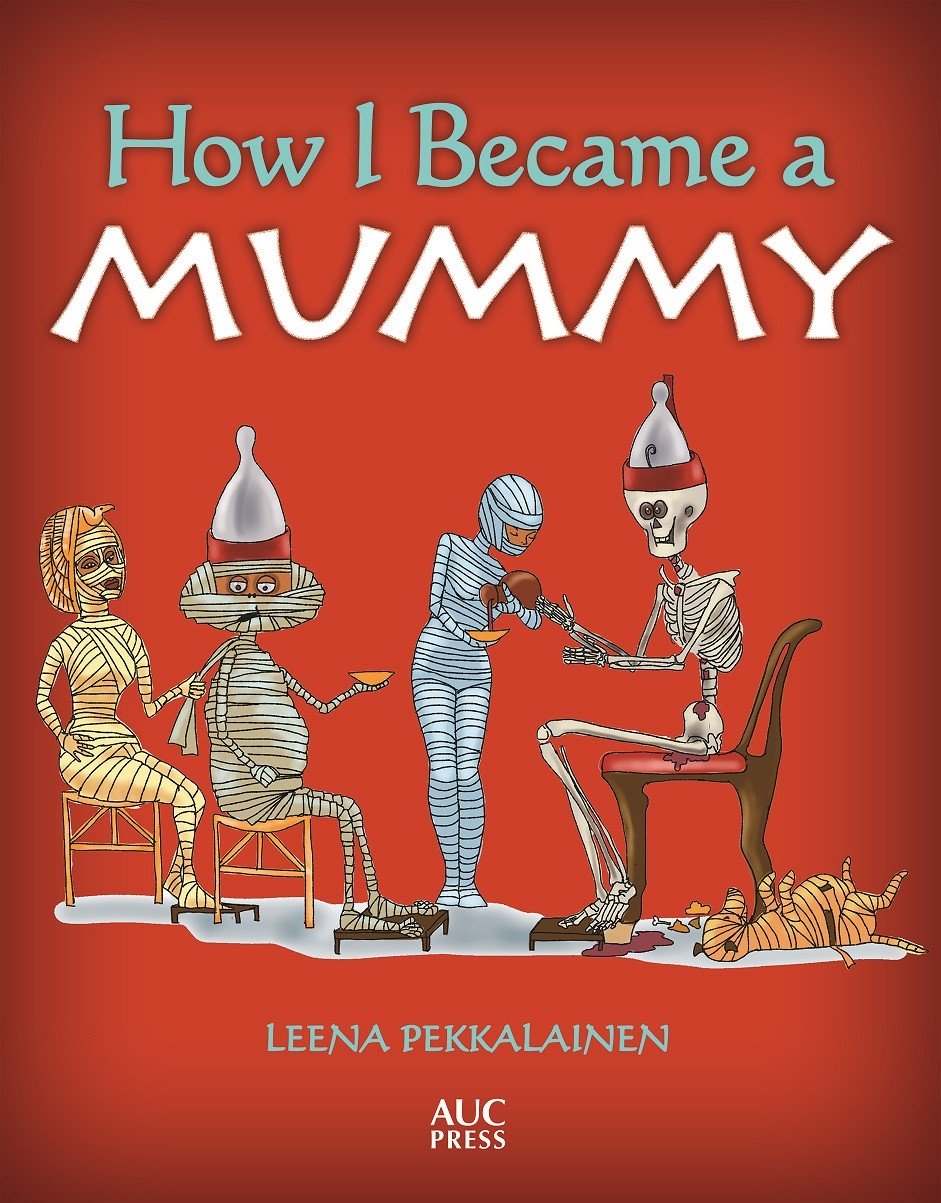
|
An ancient friend of mine, Mr Mummific dictated a book about how he became a mummy - and I was his scribe and artist. The book is available at Amazon.com and Amazon.co.uk On my other website www.ancientagypt101.com he continues his stories about life in ancient Egypt. |
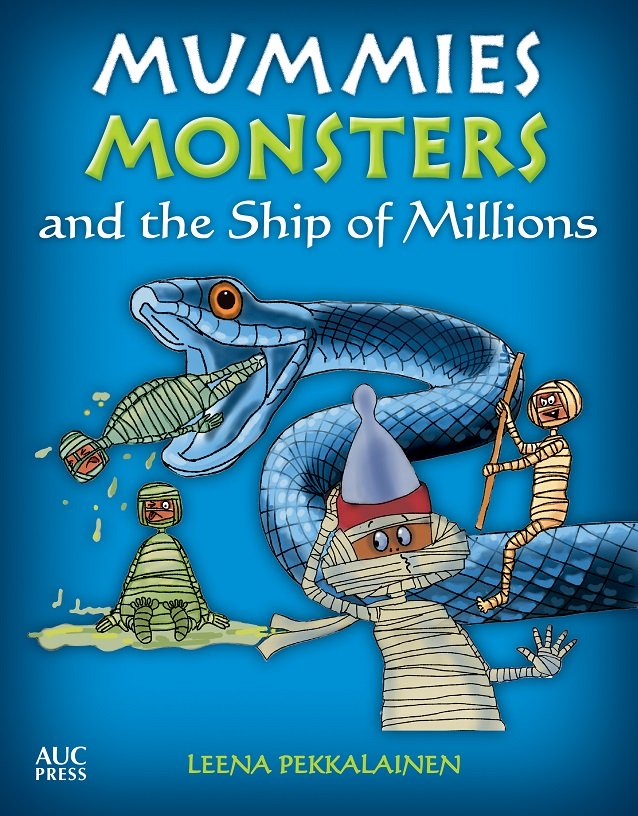
|
Another hilarious adventure for children with Mr Mummific, the mummy with attitude. He now tells the story of his mishaps, misunderstandings and misadventures as he leaves his tomb through the False Door to embark on the complicated and dangerous journey to the Afterlife aboard the magnificent Ship of Millions. Find the book at Amazon.com and Amazon.co.uk |
The Nephilim Quest Series
The first book in an epic fantasy series based on human mythology. The search for the mythical Watchers, the angels who fathered the Nephilim, the half-angels. A story that moves on three levels - our times, ancient Greece and ancient Egypt.
Preview Nephlim Quest 1: Shadowhunter online
***
My Author Website at leenasbooks.com
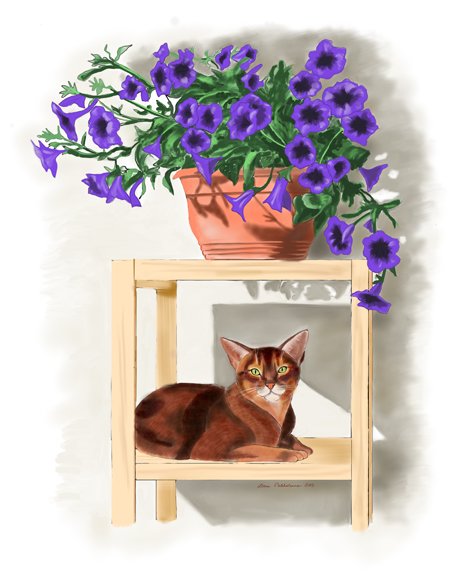
If you are looking for demanding coloring, check:
Online Coloring Books Magazine - No.1
It shows you step by step how to color this pretty Abyssinian cat with flowers. Each page has a color sample, and all the techniques are explained.
Do you have a lovable litte,
Singapura? If so, you can
tell all about it, just
>
CLICK HERE







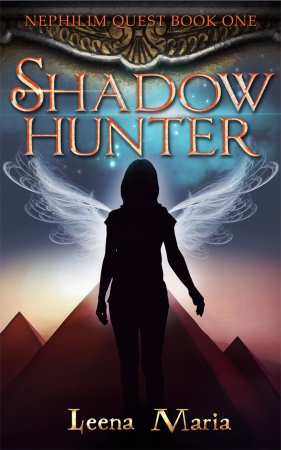
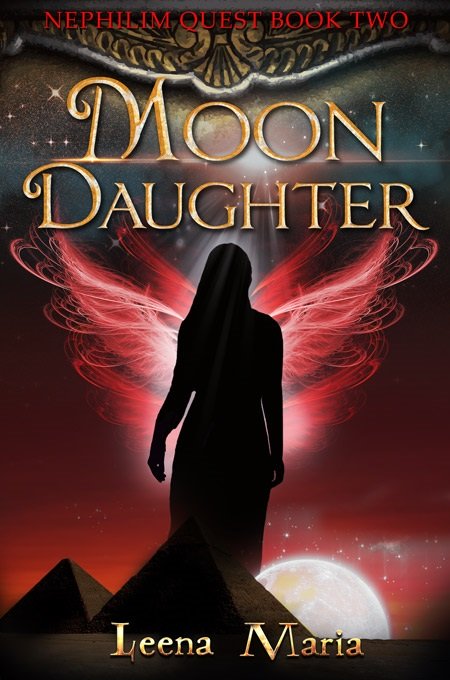
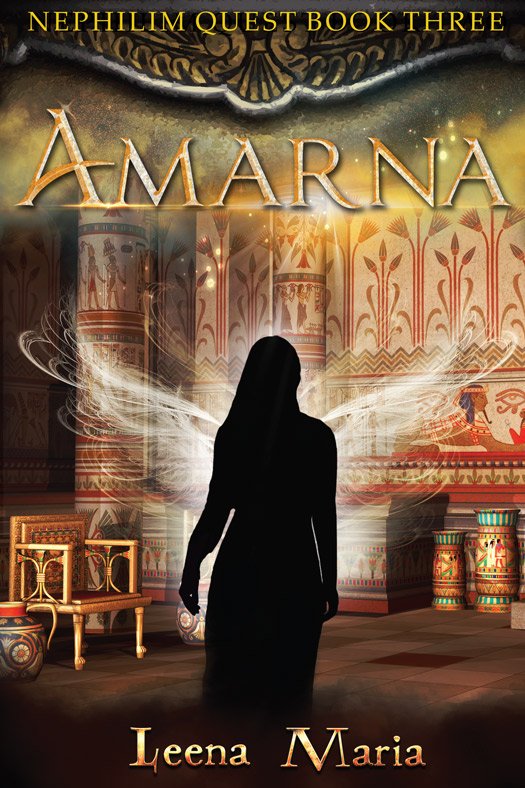

New! Comments
Have your say about what you just read! Leave me a comment in the box below.